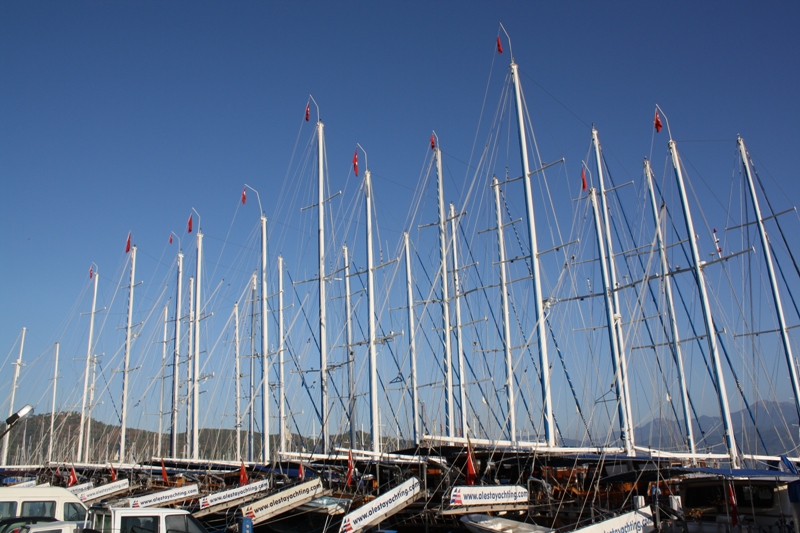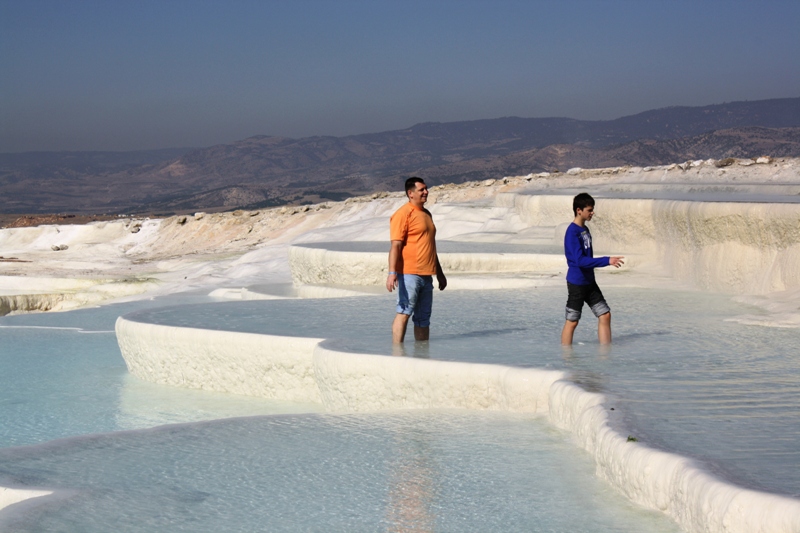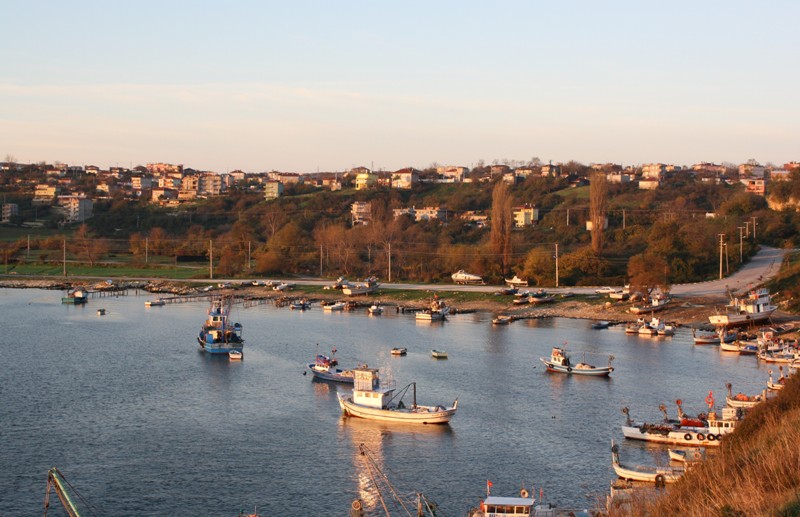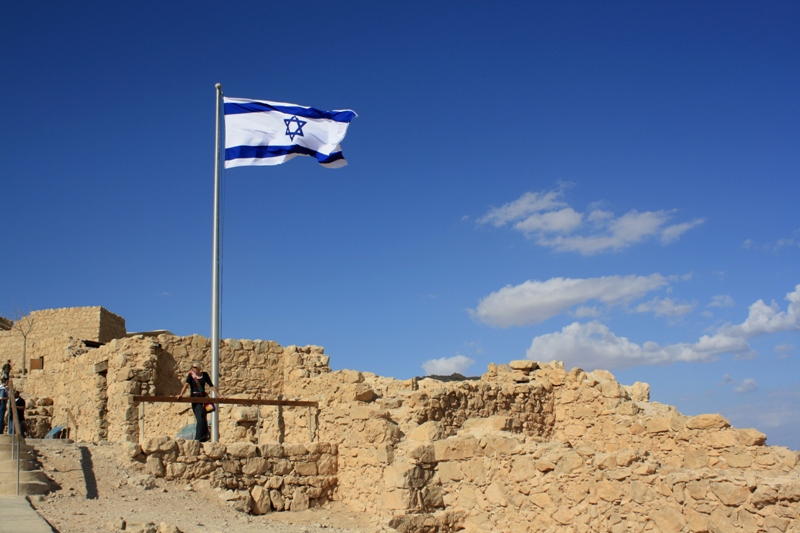Fethiye: "Drop Anchor"
Posted October 29, 2009 by JanFethiye
Eastern Mediterranean
Turkey
29 October 2009
My Dear Capitan David, Capitano Giovanni, καπετάνιος Πέτρος, and एडमिरल सिंह *
cc: Family and Friends
On your next cruise to the eastern Mediterranean, I recommend you explore Fethiye Bay (Fethiye Körfezi). Drop anchor astride any number of idyllic islands: Yassicalar ( Flat Island ), Tersane Island, or Kizil Ada (Red Island ). Swim and snorkel in the clear turquoise waters of Cennet Köyü ( Paradise Bay ) or Klopatra Hamami (Cleopatra’s Bath ).
Give your cook a day off. Sail into Fethiye Harbor and dock at the marina. Sea-side and cliff-side restaurants serve delightful Turkish dishes featuring fresh fish and sea food.
Steady your sea legs and wander around Fethiye (ancient Telmessos). The Tomb of Amyntas (350 BCE) is a Doric style Lycian temple cut into the rock wall of the cliff facing the sea. Close to the harbor is a Roman theatre.
Is your crew busy scraping the algae off the hull? Take a short ride into the mountains to the sorrowful site of Kayaköy (Karmylassos).




